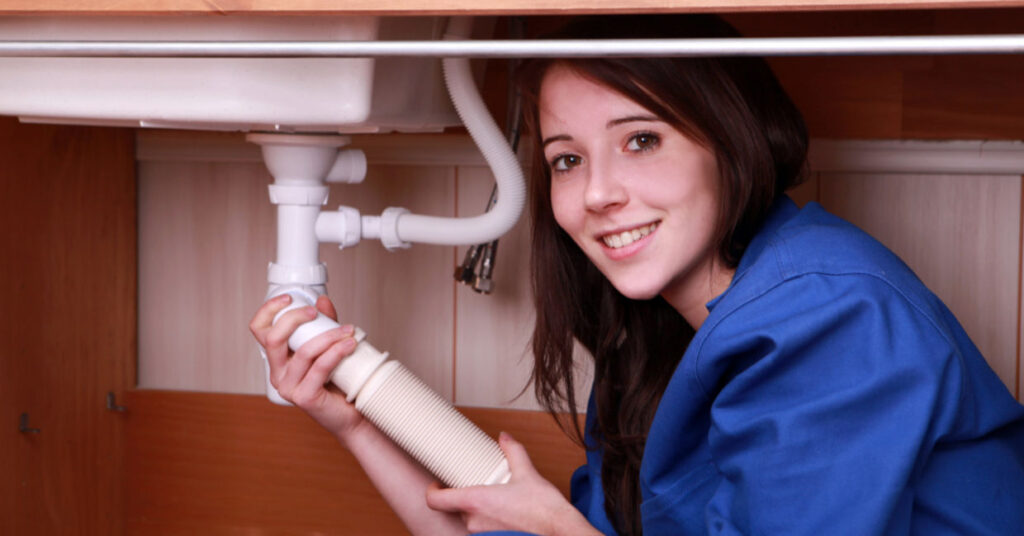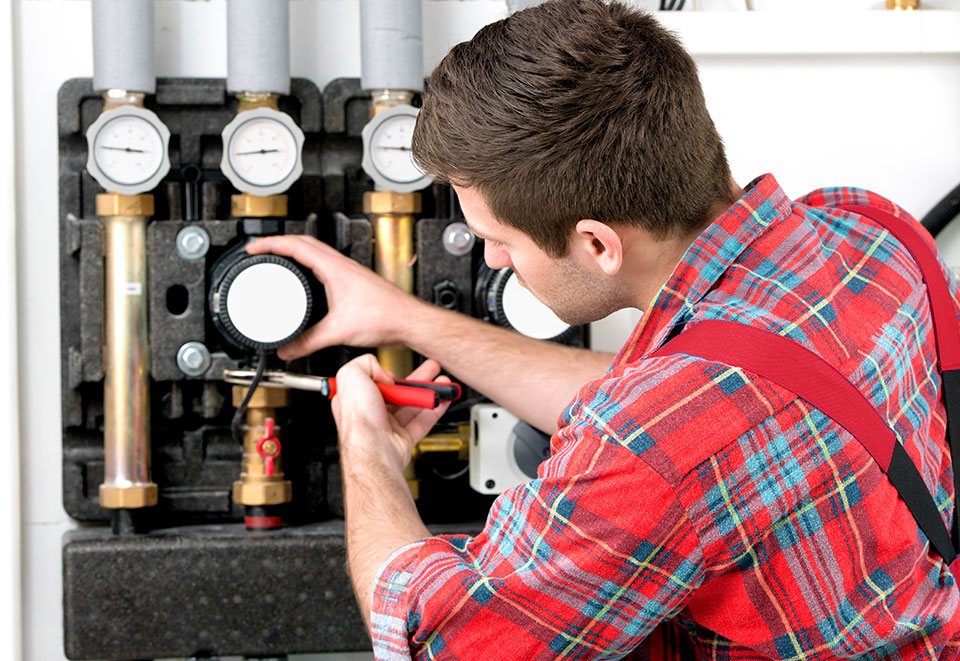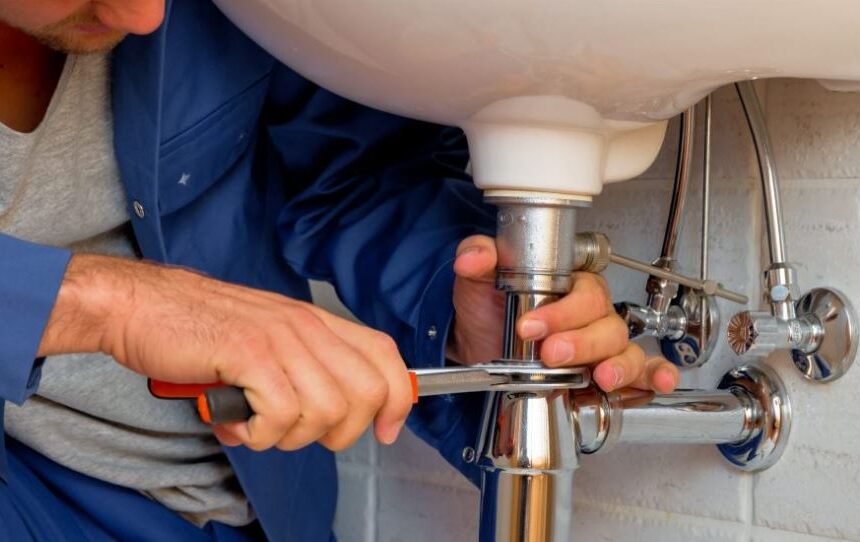Sewage pipes can break and cause problems in your home. This is when the Plumber Knoxfield can be a real saviour. If you have a broken sewage drain, you’ll need to take steps to fix it before it becomes a bigger problem. Here are some ways to handle a broken sewer pipe:
Identify the problem.
- Check the toilet. If there’s no water in the bowl, check for a broken pipe.
- Check the sink. If your sink doesn’t drain, look for a clog or cracks in its base that may have caused it to leak into your home’s sewer system and cause damage to your pipes and fixtures above it.
- Check the drain from above each fixture (toilet, shower/bathtub, washing machine). These drains need to be cleaned because they can get clogged up with hair and other debris over time; if this often happens enough, then you may need professional help cleaning them out!
Unclog the Drain
Unclog the drain. Use a plunger to push the water from your sink and toilet. If you have an overflow tube, use it as well if possible.
- A plunger is an inexpensive tool that has several holes through which you can insert a hose or pipe so that it creates suction on whatever needs removing from inside your pipes and creates pressure within them to push out any remaining clogs or debris.
- If none of these options works well enough for what needs doing, then consider calling in professional help—either by hiring someone else who knows how best to handle such situations (like Plumber Knoxfield) or by calling up an expert locally who specializes in dealing with Blocked Drains Knoxfield.

Find the Pipe
If you’ve tried looking for the sewer pipe but can’t find it, the next step is to look around your property.
- Look in the ground. You may have to dig down a little bit to find it.
- Look behind walls and ceilings (if there are any). Sewer pipes could be hidden under these surfaces as well as inside walls or ceilings themselves without us even knowing about them!
- Check under floorboards and other similar places where water may drain out of your home’s drainage system before making its way into your sewerage system via pipes attached to drains built into basements or garages below ground level, which lead back up into homes.
Get a professional opinion.
If you need to fix the sewage pipe, it’s best to get a professional opinion. This will help ensure that your repair works and doesn’t cause more damage in future.
If you’re worried about the problem coming back again, consider getting advice on how to prevent this from happening again by installing new pipes or installing valves at each end of the existing system so that water can only enter one way when there is no flow (this means no flushing toilets).
We hope that this post has been helpful in helping you determine the cause of your plumbing issue and how to fix it! If we leave anything out or have missed an important step, please let us know so we can update our content accordingly. We’re always working hard to make sure each article is updated as soon after publication as possible—so please drop us a line if there’s anything else important that warrants an update!




